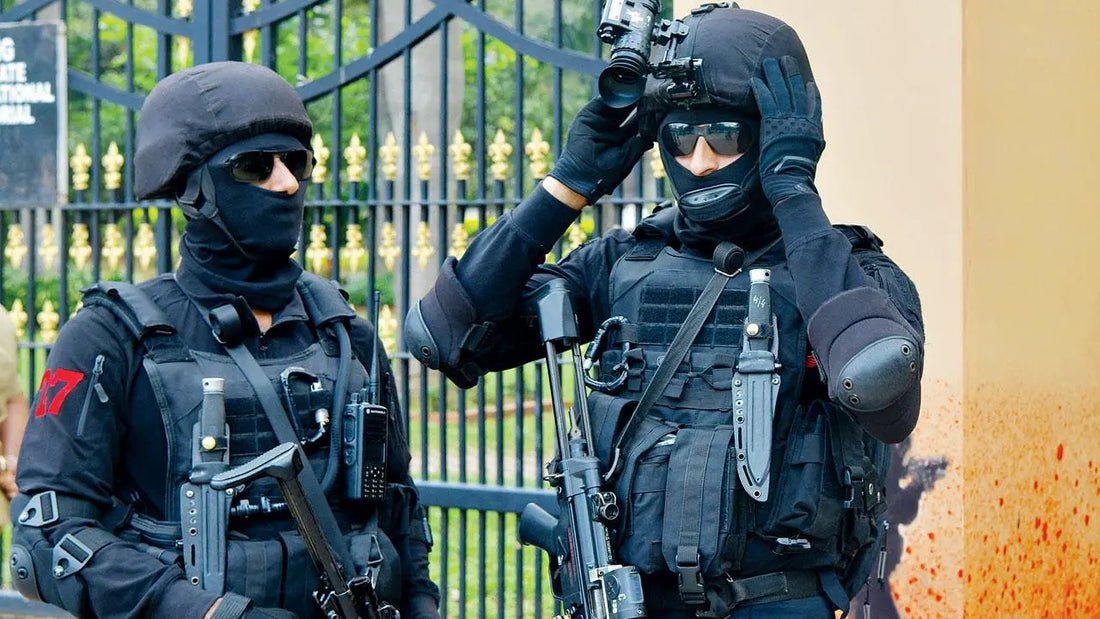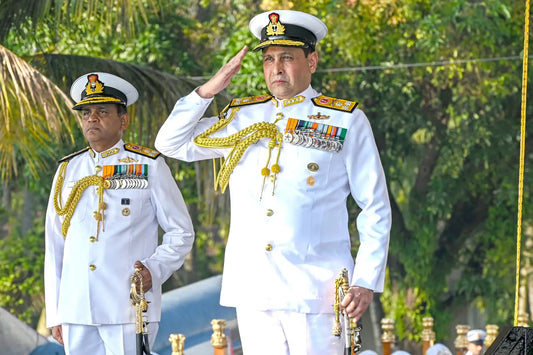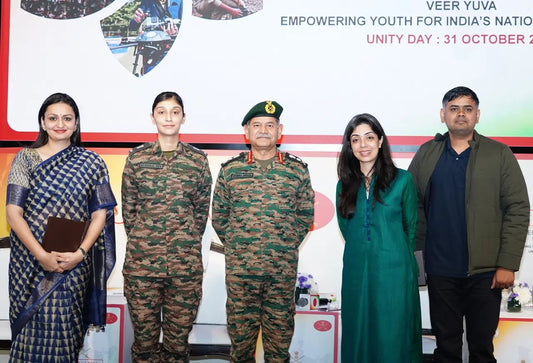Pathway to Joining India's Elite NSG Commando Force

The process of becoming a member of India's National Security Guard (NSG) Commando force involves a rigorous selection and training regimen. Reserved for the most committed and skilled personnel from the Indian Armed Forces and Central Armed Police Forces (CAPF), this elite unit is renowned for its swift responses to security threats and high-risk operations. This detailed account explores the steps needed to enter the NSG and offers insights into their training, historical development, and the attributes that define a successful Black Cat commando.
Historical Context: Evolution of the NSG
Established in 1984 in the wake of Operation Blue Star and the assassination of Prime Minister Indira Gandhi, the NSG, also known as Black Cats for their signature black uniforms, was created to address the need for a force specialized in counter-terrorism and hostage rescue. Since its inception, the NSG has developed alongside global counter-terrorism strategies, incorporating advanced combat techniques and cutting-edge technology to effectively protect the nation from both external and internal threats.
Main Steps to Join the NSG Commando Force
Joining the Armed Forces or CAPF
Prospective NSG commandos begin their journey by serving in the Indian Armed Forces, which includes the Army, Navy, and Air Force, or in one of the CAPFs such as the CRPF, BSF, ITBP, or CISF. Entry into these forces can occur through competitive exams like the National Defence Academy (NDA) exam for school graduates, or the Combined Defence Services (CDS) exam for college graduates. Direct recruitment programs also provide access to these services, serving as an initial filter to ensure candidates possess the necessary patriotism and basic skills required for becoming a Black Cat.
Gaining Required Experience
Once enlisted in the Armed Forces or CAPF, candidates must gain substantive experience—typically at least three years for Army personnel and five years for CAPF officers. This experience is vital for achieving operational readiness and developing the skills necessary for advanced roles. During this period, candidates learn the importance of discipline, resilience, and leadership, which are crucial for NSG training.
Consent and Application for NSG
Selection into the NSG primarily occurs through deputation from the respective services, rather than direct recruitment from civilians. Interested personnel must consent to be considered for NSG service. This process ensures that only those with a proven track record and demonstrated dedication to national security are considered for further evaluation.
Pre-Selection Screening
The pre-selection screening is thorough, assessing the candidate's service record, physical fitness, and medical condition. Physical tests include evaluations of strength, agility, and stamina, such as endurance runs and obstacle courses. Medical assessments ensure candidates are physically prepared for the demanding training and operations ahead. Only those who meet these rigorous standards proceed, highlighting the need for both mental resilience and physical strength.
Qualification Training
Those who pass the initial screenings begin a challenging three-month qualification training course. This phase emphasizes physical endurance, stress management, and mental resilience through demanding exercises and combat drills. With an attrition rate between 70-80%, this training demonstrates the intense demands faced by prospective Black Cat commandos.
Advanced Training
After successfully completing qualification training, candidates undergo approximately nine months of advanced training in specialized counterterrorism tactics. This phase includes skills such as hostage rescue, sniper shooting, bomb disposal, and close-quarters combat in varied environments. These exercises simulate real-world scenarios, enhanced by modern technology to equip commandos with comprehensive operational capabilities.
Final Assessment and Certification
The final assessment phase involves simulated operations that test all the acquired skills of the candidates. Success in this phase indicates the candidate's readiness to be officially inducted as an NSG commando, earning the esteemed title of Black Cat—a testament to their exceptional operational skill and dedication to national security.
Also Read: 10 Things You Must Know About Ghatak Platoon Ghatak Commando
Challenges and Solutions
The path to becoming an NSG commando is laden with challenges, the most significant of which is the physical and mental toll of extended intense training. Candidates are advised to maintain peak physical fitness and mental health through regular exercise and psychological support. The high entry standards and attrition rates during training ensure that only the most capable individuals serve in the NSG.
Future Trends and Predictions
As global terrorism evolves and technology advances, the NSG is expected to continuously refine its training and operational strategies. Future trends suggest an increasing reliance on technology, such as drone surveillance and cybersecurity, in addition to traditional ground operations. Thus, ongoing adaptation and skill enhancement will be crucial in effectively countering emerging threats.
Conclusion
In conclusion, joining the NSG Commando force requires a combination of experience, endurance, and excellence. The stringent selection process and intensive training ensure that the NSG remains a leader in counter-terrorism operations. Aspiring commandos must embody resilience, unwavering commitment, and a readiness to tackle unprecedented challenges as they strive to join this elite group.
Embarking on this journey demands exceptional physical and mental conditioning, as well as deep loyalty to India's sovereignty and security—a commitment that defines the Black Cats' legacy. Aspiring candidates should prepare thoroughly, using resources like SSBCrack and SSBCrackExams, to successfully navigate the demanding path toward serving the nation.




















2 comments
Naka no.5 city hospital darbhanga
Naka no.5 city hospital darbhanga